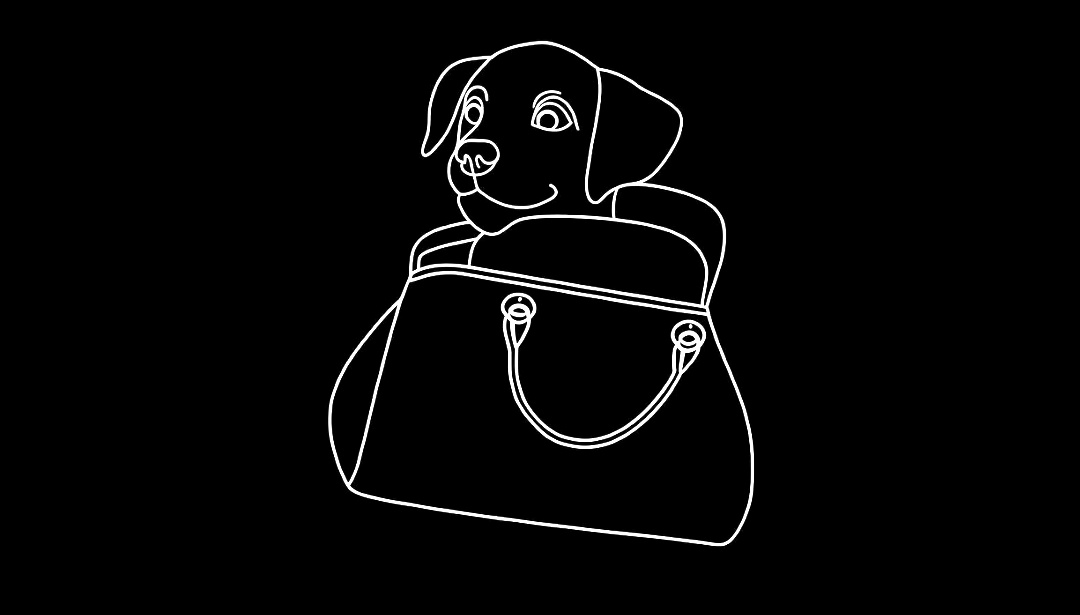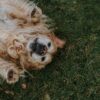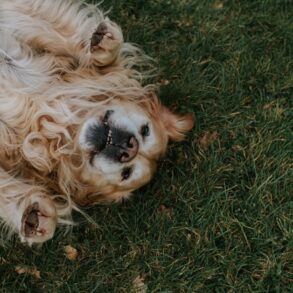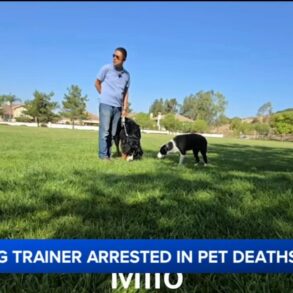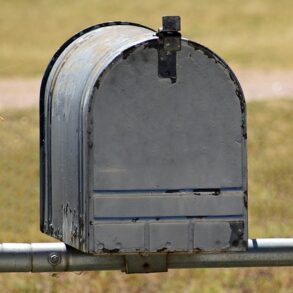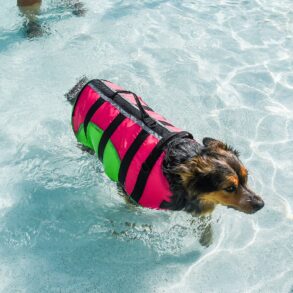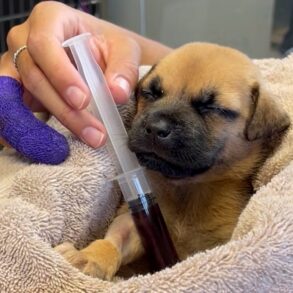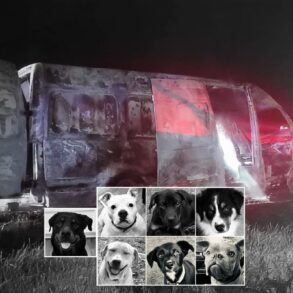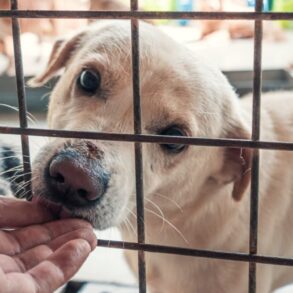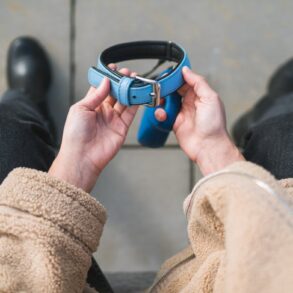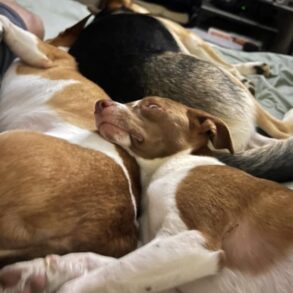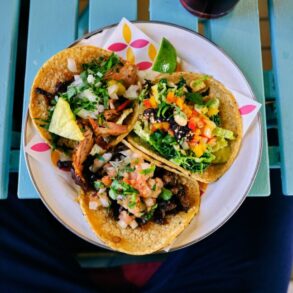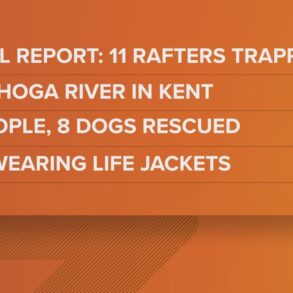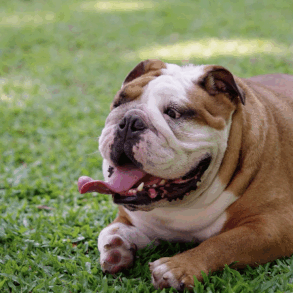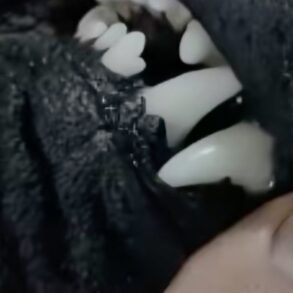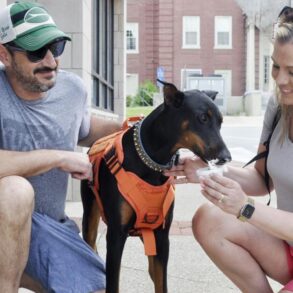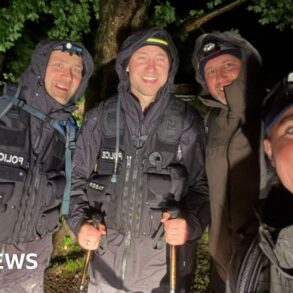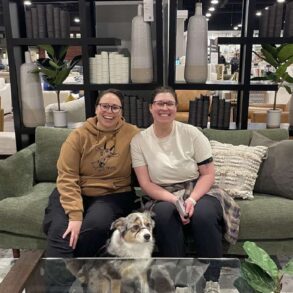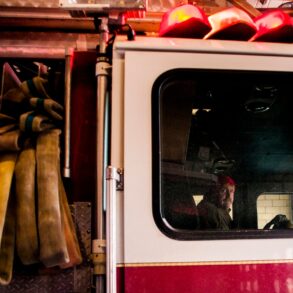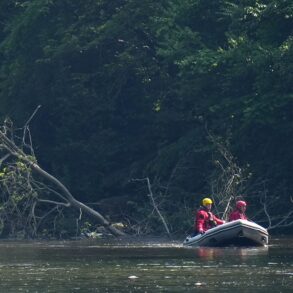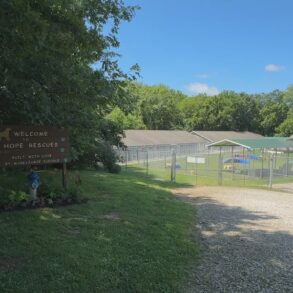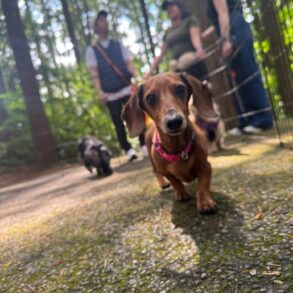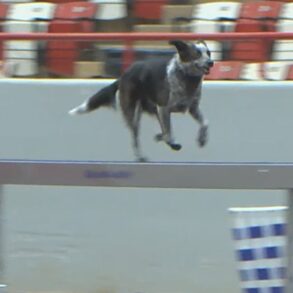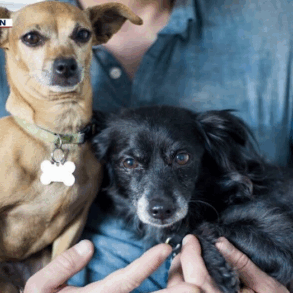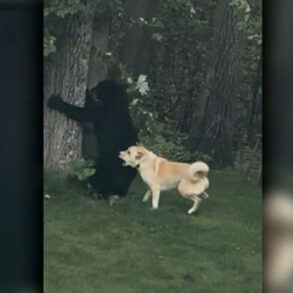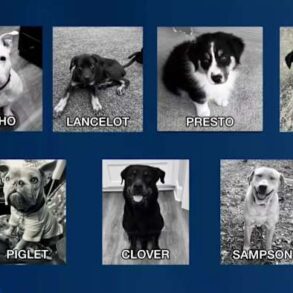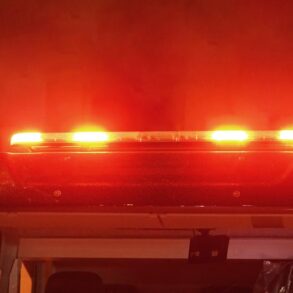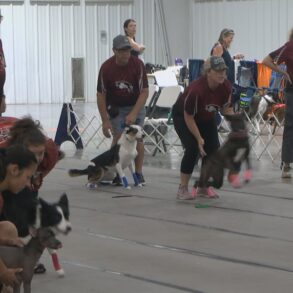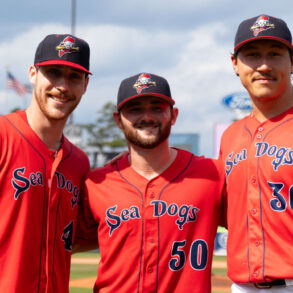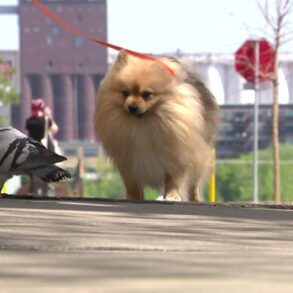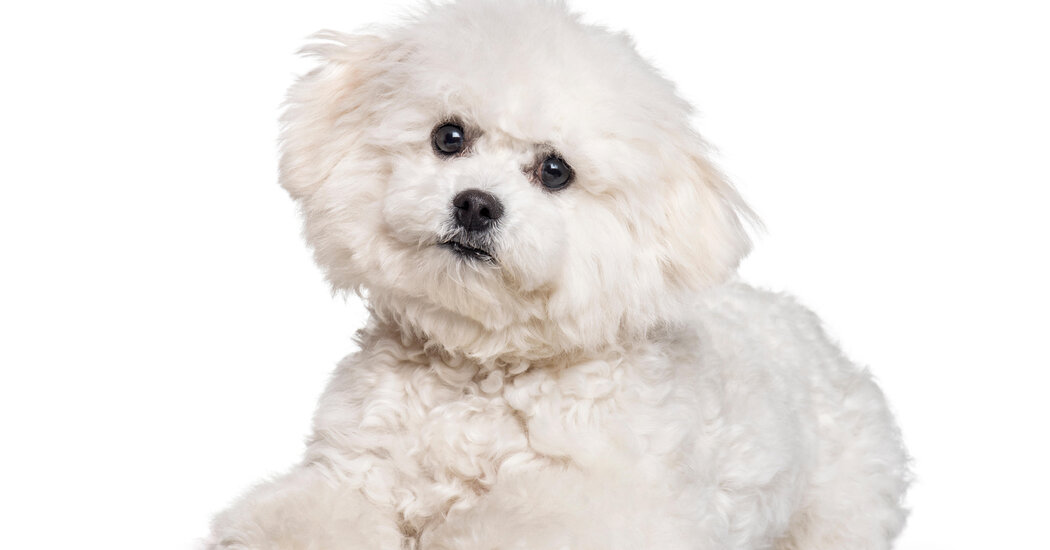
At the Westminster Kennel Club Dog Show this week, thousands of canine contestants will try to measure up to a set of exacting breed standards.
The perfect pug?
Look for a deeply wrinkled face with a distinct black mask and a tightly curled tail.
The ideal Afghan hound has the silky hair of a pageant queen set off by “long and punishing” jaws.
An exemplary Dalmatian should have spots between a dime and a half dollar in size.
A top-ranked basset hound is heavy-boned, with velvety, hang-low ears.
A blue-ribbon Bichon frisé should have a soft, springy coat reminiscent of clouds or cotton candy.
But how much does breed shape a dog’s health and behavior?
Humans have a long history of reshaping their canine companions, which evolved from ancient wolves. At least 10,000 years ago, Arctic peoples were using selective breeding to create sled dogs, cold-tolerant animals with the stamina to pull heavy loads over long distances. Over time, people bred dogs for a diverse and increasingly specialized array of roles.
“Hunting things underground, hunting things overground, hunting things flying, hunting things in the water, running around in little wheels to turn your spit,” said Kathryn Lord, an evolutionary biologist at the UMass Chan Medical School and the Broad Institute. (The now-extinct turnspit dog was once a mainstay of European kitchens, where it was used to power fireplace meat-roasting spits.)
Still, historically, the priority was performance — breeding dogs that were good at their jobs.
That changed in the 19th century with the rise of Victorian dog fanciers, who began to codify existing breeds and to invent new ones. Rather than creating skilled working dogs, they aimed to engineer “the perfect physical specimen,” said James A. Serpell, an emeritus professor of ethics and animal welfare at the University of Pennsylvania School of Veterinary Medicine.
Breed clubs created prescriptive standards that specified exactly how the perfect pointer (or bulldog or foxhound) should look. They identified dogs that fit the bill and registered them as official members of those breeds. Then, they used those dogs — and only those dogs — to breed more just like them. As a result, each breed became a distinct, reproductively isolated population.
A few genetic tweaks can yield very different dogs.
In humans, physical appearance is the product of many different genes, each of which typically has a small impact. For example, hundreds of genetic variants are known to affect height; many of these variants make less than a millimeter of difference.
This post was originally published on this site be sure to check out more of their content.
